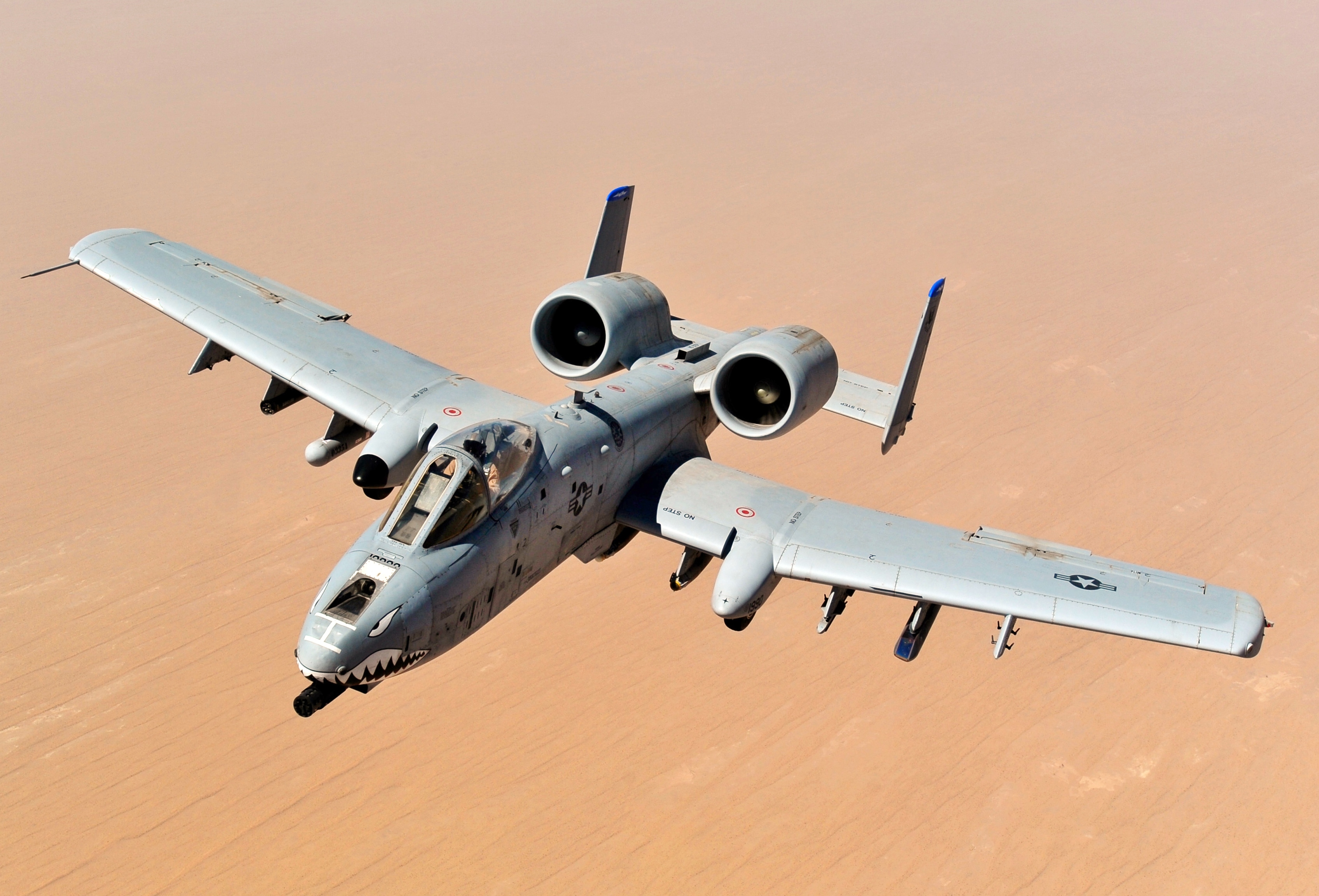|
J-21 Jastreb
The Soko J-21 ''Jastreb'' (from sr-Cyrl, јастреб, translation=hawk), referred to as the J-1 ''Jastreb'' in some sources, is a Yugoslav single-seat, single-engined, light attack aircraft, designed by the Aeronautical Technical Institute (ATI) and Military Technical Institute (VTI), in Belgrade, and manufactured by SOKO in Mostar. Derived from the G-2 Galeb advanced jet trainer and light attack aircraft, it was designed in single-seat ground-attack and two-seat advanced flying/weapon training versions. Design and development The J-21 Jastreb was developed as a replacement for the Republic F-84 Thunderjet, which had been the most commonly used turbojet fighter-bomber aircraft of the Yugoslav Air Force until 1967. On the basis of the G-2 Galeb, the J-21 Jastreb was developed as a single-seat, ground-attack variant, flying for the first time on 19 July 1965. Pilots sit on licence-built Folland Type 1-B ejection seats under individual canopies hinged on the starboard si ... [...More Info...] [...Related Items...] OR: [Wikipedia] [Google] [Baidu] |
Soko J-21 Jastreb
The Soko J-21 ''Jastreb'' (from sr-Cyrl, јастреб, translation=hawk), referred to as the J-1 ''Jastreb'' in some sources, is a SFR Yugoslavia, Yugoslav single-seat, single-engined, light attack aircraft, designed by the Aeronautical Technical Institute (ATI) and Military Technical Institute (VTI), in Belgrade, and manufactured by SOKO in Mostar. Derived from the G-2 Galeb advanced jet trainer and light attack aircraft, it was designed in single-seat Close air support, ground-attack and Tandem#Aviation, two-seat advanced flying/weapon Flight_training, training versions. Design and development The J-21 Jastreb was developed as a replacement for the Republic F-84 Thunderjet, which had been the most commonly used turbojet fighter-bomber aircraft of the Yugoslav Air Force until 1967. On the basis of the G-2 Galeb, the J-21 Jastreb was developed as a single-seat, ground-attack variant, flying for the first time on 19 July 1965. Pilots sit on licence-built Folland Aircraft, Foll ... [...More Info...] [...Related Items...] OR: [Wikipedia] [Google] [Baidu] |
Attack Aircraft
An attack aircraft, strike aircraft, or attack bomber is a tactical military aircraft that has a primary role of carrying out airstrikes with greater precision than bombers, and is prepared to encounter strong low-level air defenses while pressing the attack.Mortensen 1987, pp. 24–25. This class of aircraft is designed mostly for close air support and naval air-to-surface missions, overlapping the tactical bomber mission. Designs dedicated to non-naval roles are often known as ground-attack aircraft.Gunston 2009, p. 73. Fighter aircraft often carry out the attack role, although they would not be considered attack aircraft ''per se''; fighter-bomber conversions of those same aircraft would be considered part of the class. Strike fighters, which have effectively replaced the fighter-bomber and light bomber concepts, also differ little from the broad concept of an attack aircraft. The dedicated attack aircraft as a separate class existed primarily during and after World W ... [...More Info...] [...Related Items...] OR: [Wikipedia] [Google] [Baidu] |
M2 Browning
The M2 machine gun or Browning .50-caliber machine gun (informally, "Ma Deuce") is a heavy machine gun that was designed near the end of World War I by John Browning. While similar to Browning's M1919 Browning machine gun, which was chambered for the .30-06 Springfield, .30-06 cartridge, the M2 uses Browning's larger and more powerful .50 BMG (12.7 mm) cartridge. The design has had many designations; the official U.S. military designation for the infantry type is Browning Machine Gun, Cal. .50, M2, HB, Flexible. It has been used against infantry, light armored vehicles, watercraft, light fortifications, and low-flying aircraft. The gun has been used extensively as a vehicle weapon and for aircraft armament by the United States since the 1930s. It was heavily used during World War II, the Korean War, the Vietnam War, the Falklands War, the Soviet–Afghan War, the Gulf War, the Iraq War, and the War in Afghanistan (2001–present), War in Afghanistan. It is the primary heavy mac ... [...More Info...] [...Related Items...] OR: [Wikipedia] [Google] [Baidu] |
Libyan Jamahiriya
Muammar Gaddafi became the '' de facto'' leader of Libya on 1 September 1969 after leading a group of young Libyan Army officers against King Idris I in a bloodless coup d'état. When Idris was in Turkey for medical treatment, the Revolutionary Command Council (RCC) headed by Gaddafi abolished the monarchy and the constitution and established the Libyan Arab Republic, with the motto " Unity, Freedom, Socialism". The name of Libya was changed several times during Gaddafi's tenure as leader. From 1969 to 1977, the name was the Libyan Arab Republic. In 1977, the name was changed to Socialist People's Libyan Arab Jamahiriya. ''Jamahiriya'' was a term coined by Gaddafi, usually translated as "state of the masses". The country was renamed again in 1986 as the Great Socialist People's Libyan Arab Jamahiriya, after the United States bombing that year. After coming to power, the RCC government initiated a process of directing funds toward providing education, health care and housing f ... [...More Info...] [...Related Items...] OR: [Wikipedia] [Google] [Baidu] |


